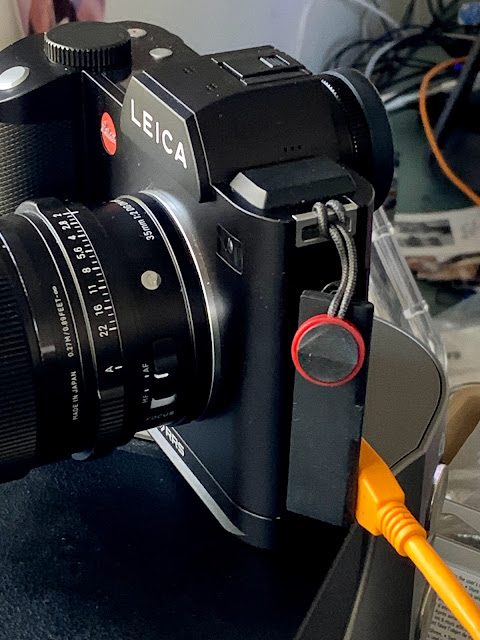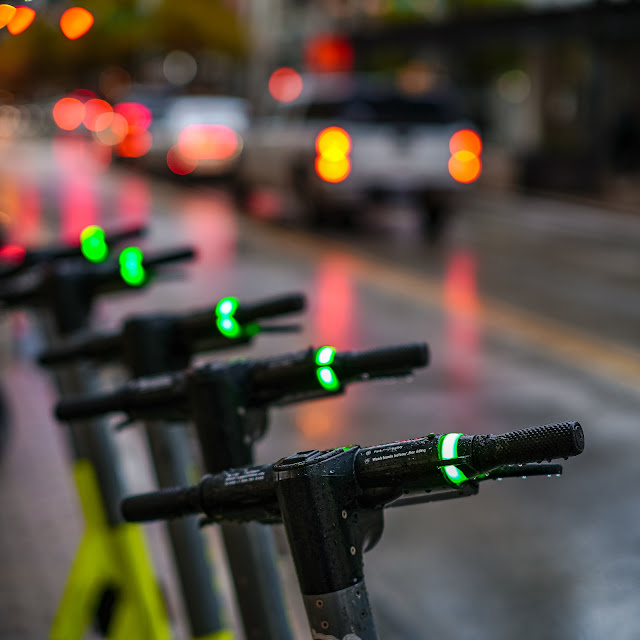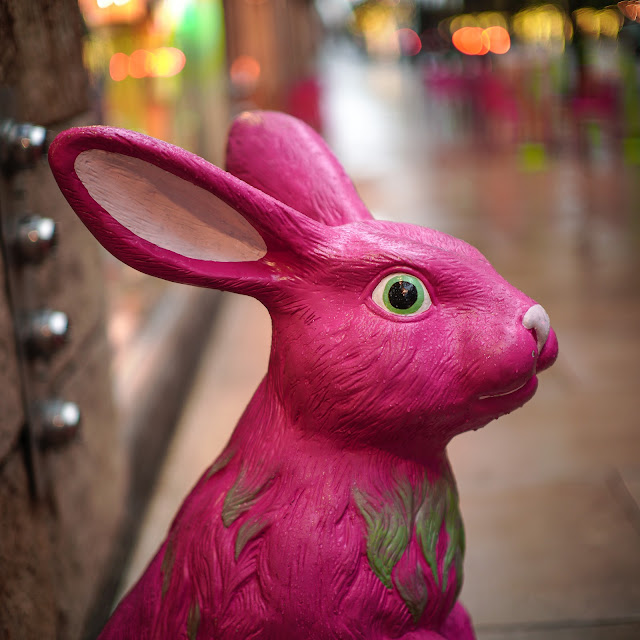Photo of Jana. Self assigned. Just for fun.
Post Project Depression. Well, maybe "depression" is too strong a word.
commercial photography projects can be intense. Not in a sudden and surprising way but more in a fashion that has one chasing after a lot of details both before and after the actual operation of the camera with a dose of intensity right in the middle (the shoot days).
every time we step up to the back of the camera there is something riding on the success or failure of the project. Especially so when tens of thousands of dollars are on the line. You don't just want to get it right, you need to get it right. "It" being successfully matching the final results to the client's expectations.
when you head out to shoot personal work you might drop money on travel and accommodations but it's generally nothing like the money you might drop on expenses for a national ad campaign for an industry-specific client.
My company just finished three complex photo projects in a row. Tightly scheduled. The pre-production for several of them took place, sporadically, over several weeks. The budget for the biggest one included nearly $16,000 for talent (models), additional fees for a make-up artist and fees for my assistant. There were costs for craft service, props and even some extra gear. If anything happened to the files, either during the shoot or during the archiving stage I would be on the hook for a re-shoot, using the original talent, and every cent of the re-shoot would come out of my pocket. The price of failure? It would not be just the $18,000 in hard costs but also the damage to my reputation as someone able to deliver reliably.
If you live and work in a fairly small community you know that bad news travels quickly and the image bad news creates far outlives any attempt made to rectify the issues. You could come out of pocket for all the money and still have the stigma of the failure track you tenaciously.
This means each big shoot comes with a large measure of responsibility. And that's what generates the feelings of intensity that surround most big projects. The biggest cost is usually the talent and that's non-refundable. You've already used up their time. You've already paid for the usage rates you've negotiated.
So there is a certain amount of adrenaline flowing through the photographer. The attention to detail on the sets is amplified. Every detail triple checked. The actions of your support staff carefully supervised. And all while working in tight collaboration with the client.
But a sad fact is that after you've photographed, archived the work, unpacked the gear, handed out checks and all the other post shoot details there is an emotional let down. An unfounded waiting for the other shoe to drop that goes with any large project. I've seen this all the way through my career. It's something I experience every time I shoot something that can't be easily re-shot. Or every time the stakes get high.
For two or three days after the delivery of a project I find myself in a pensive mood. I wonder if the work will be good enough this time. Will a flaw be revealed in the middle of the hundreds of files that were delivered. Was there some technical flaw we didn't notice in the frenetic excitement of the day? How will the final approval of the client play out? Will we be asked to re-do any part of the project? Will the cash transfer come on time? Will we be able to work with this client again in the future?
Once the phone rings and the client calls to give good and positive feedback about the images the feeling abates. But the next time around, in the nascent start-up of another big project that inkling of fear re-emerges and starts seeping in. Generating that fear of failure that lurks just under the skin.
Funny. I asked an art director who is around my age if he still gets nervous when starting a big, new project. He told me he's nervous every single time. Without exception. And when he finishes a project there might be a little celebration which is more like "theater" for the client and the production team but in his own world there is a let down of emotions and he wonders if he'll be able to be successful on the next one.
With thousands of projects under my belt you'd think I would have figured out how to dodge this post project depression but to hear my peers tell it you will jinx yourself on both ends if you aren't nervous going in and not a bit deflated at the end. If you develop real hubris you will be punished by the gods of advertising and marketing.
We're at the point in our important project at which the files have been delivered and we're awaiting final feedback/approval from our client. It's a time filled with pensive self-doubt. As I said above: waiting for the other shoe to drop.... which should really be stated as preparing oneself for the possibility of the worst case scenario. Which would be that the profitable job suddenly becomes a costly train wreck.
Why did I ever embark on this career when I could have been a safely employed actuarial scientist carefully laying all responsibility for failure at the feet of my employer? Would it have been equally fun?
So, what's the cure? Grabbing a camera and a friend/model and heading out to do some personal shooting. Working with the model and the gear in order to create something you really like. Photographs that make you love photography all over again. Again.













































































